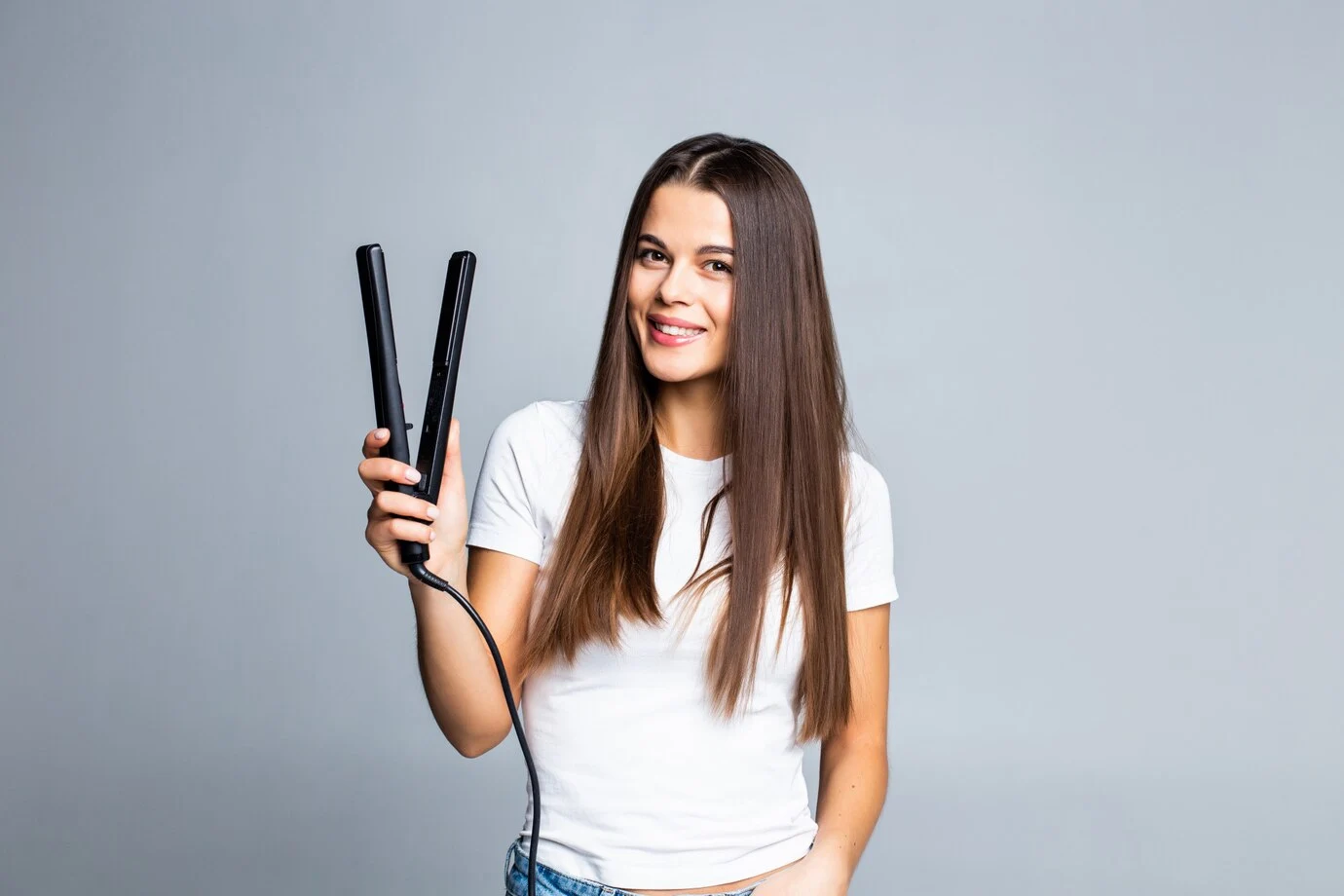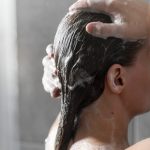When the dreaded head lice strike, it can be a frustrating and itchy experience for everyone involved. The mere mention of lice might send shivers down your spine and have you instinctively scratching your head. Naturally, the next step is to seek out effective ways to get rid of these pesky intruders. One common question that comes up is whether a hair straightener can be used to kill nits (lice eggs). It’s an interesting idea, but let’s delve into the facts and expert opinions to find out if it’s truly a viable solution.
Understanding Nits and Lice
Before we explore the efficacy of hair straighteners, it’s important to understand what nits and lice are. Lice are tiny parasitic insects that live on human scalps and feed on blood. Nits are their eggs, which are glued to the hair shafts close to the scalp. These eggs hatch in about 7-10 days, and the cycle continues unless effectively interrupted.
The Theory Behind Using Hair Straighteners
The theory is simple: hair straighteners get very hot, often reaching temperatures above 300°F (150°C). Since heat can kill lice, it seems logical to assume that a hair straightener might work. However, this method is not as straightforward or as effective as it might seem.
Expert Opinions on Using Hair Straighteners for Lice Treatment
Experts in dermatology and entomology have weighed in on this topic, and their consensus is clear: using hair straighteners to treat lice is not recommended.
Dr. Dawn M. St-Bernard, a dermatologist and Medical Director of the Pape Research Institute, explains, “While lice can be killed by heat, a hair straightener is not a reliable method for lice treatment. It’s difficult to ensure that all the lice and nits are exposed to enough heat to kill them. Additionally, using a straightener on hair can be dangerous and cause burns” .
Dr. Jessica Polimeni, a medical entomologist at the Entomological Society of America, echoes this sentiment: “Hair straighteners are not a recommended treatment for lice. They are not designed to be used on the scalp and can cause burns. Additionally, it is difficult to ensure that all of the lice and nits are exposed to lethal temperatures” .
Real-Life Insights
I remember a time when my younger sister came home from school with lice. My mom, in a desperate attempt to get rid of them quickly, considered using her hair straightener. Luckily, after doing some research, she found that it was not only risky but also likely ineffective. Instead, she opted for a lice comb and an over-the-counter treatment, which eventually did the trick.
My friend Sarah once tried using a straightener, convinced that the high heat would solve the problem. She quickly learned that not only did she risk burning her daughter’s scalp, but the lice and nits were still present afterward. It was a stressful experience, and in the end, she had to resort to traditional treatments anyway.
Scientific Studies and Findings
There are limited studies directly examining the use of hair straighteners for killing lice and nits, but related research provides valuable insights. A study titled “Efficacy of Physical Treatments for Head Lice” by Joanna E. McLaughlin et al., published in the Journal of Medical Entomology, evaluated various lice treatment methods, including hot air dryers. The study found that hot air dryers were not effective in killing all lice and nits. Since hair straighteners typically reach higher temperatures, one might think they would be more effective. However, achieving consistent heat application with a straightener is nearly impossible, making it unreliable .
The American Academy of Pediatrics (AAP) also outlines effective lice treatment methods, including over-the-counter medications and lice combs. Their guidelines do not recommend using a hair straightener for lice treatment . Similarly, the National Lice Association advises against this method, citing safety concerns and ineffectiveness .
Risks and Drawbacks of Using Hair Straighteners
One of the biggest risks of using a hair straightener to treat lice is the potential for burns. Hair straighteners are designed to be used on hair, not on the scalp. Getting close enough to the scalp to kill nits can result in severe burns, especially on young children who might not be able to sit still.
Dr. Leslie Baum, a board-certified dermatologist, emphasizes this risk: “Using a hair straightener to treat lice is a bad idea. It’s risky and ineffective. You can easily burn yourself or the person you’re treating. Plus, it’s nearly impossible to get close enough to all the lice and nits to kill them” .
Effective and Safe Alternatives
There are much safer and more effective ways to treat lice. Dr. Mona Singh, a pediatrician, recommends using over-the-counter lice medications and lice combs. She says, “There are much safer and more effective ways to treat lice. Over-the-counter lice medications and lice combs are readily available and work well. Using a hair straightener is just not worth the risk” .
The Centers for Disease Control and Prevention (CDC) also provide comprehensive guidelines for treating lice. They recommend using over-the-counter or prescription medications specifically designed to kill lice, and using a fine-toothed lice comb to remove nits from the hair .
Practical Steps for Lice Treatment
- Over-the-Counter Treatments: There are many shampoos and lotions available that contain ingredients like permethrin or pyrethrin, which are effective at killing lice.
- Prescription Treatments: If over-the-counter treatments fail, a doctor can prescribe stronger medications.
- Lice Combs: These fine-toothed combs are essential for removing nits from the hair. It’s a meticulous process, but necessary to break the lice lifecycle.
- Household Cleaning: Lice can survive briefly on clothing, bedding, and personal items. Wash these items in hot water and dry them on high heat to kill any remaining lice or nits.
Final Thoughts
While the idea of using a hair straightener to kill nits might seem appealing due to the high heat it produces, it’s not a reliable or safe method. Experts unanimously advise against it due to the risk of burns and the difficulty in ensuring all lice and nits are exposed to lethal temperatures. Instead, proven treatments such as over-the-counter medications, prescription treatments, and meticulous combing are recommended.
In my own experience, sticking to recommended treatments was the most effective way to tackle lice. It required patience and persistence, but ultimately it was safer and more reliable than attempting unconventional methods like using a hair straightener. Remember, when dealing with lice, safety and efficacy should always come first.




